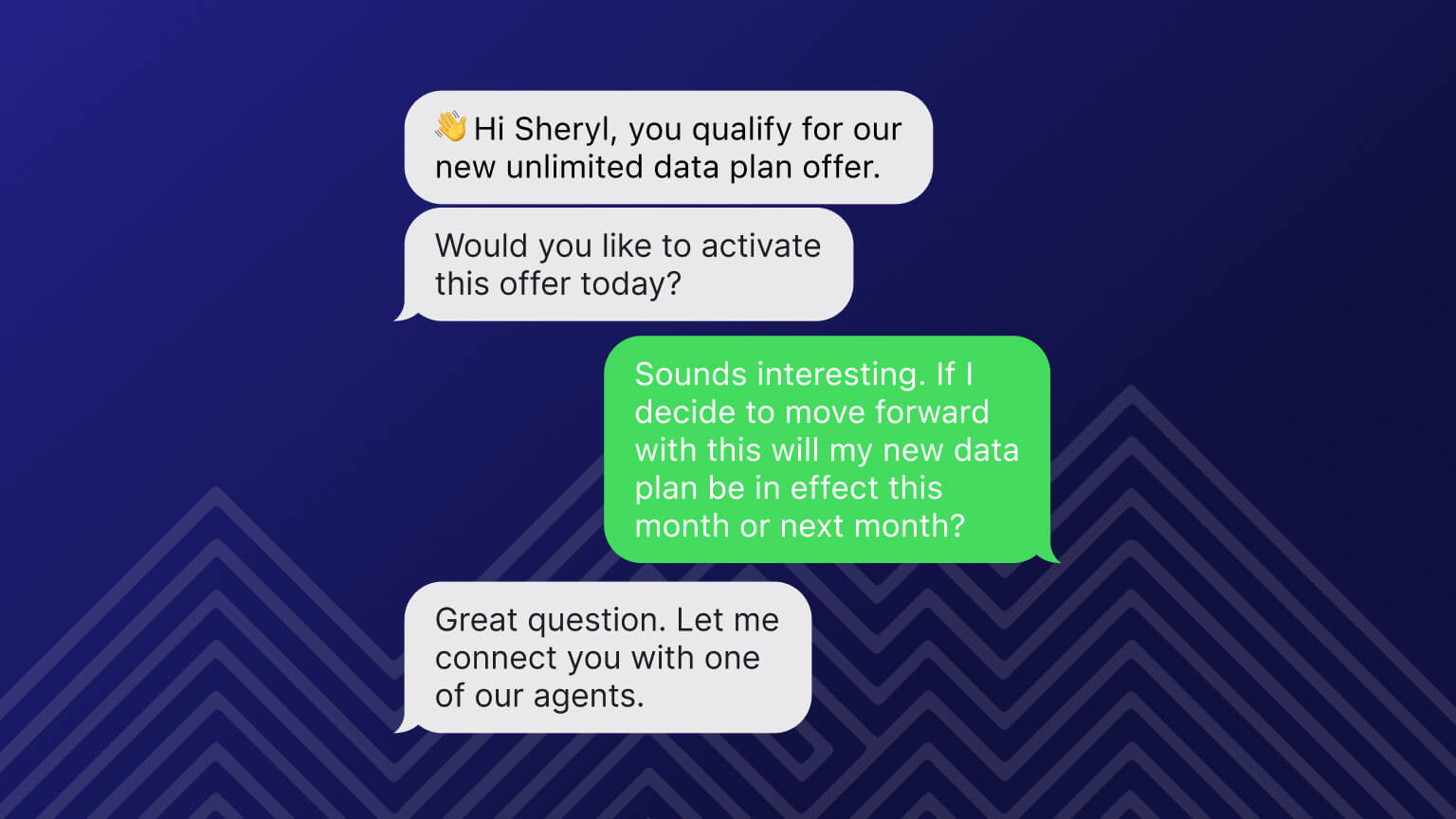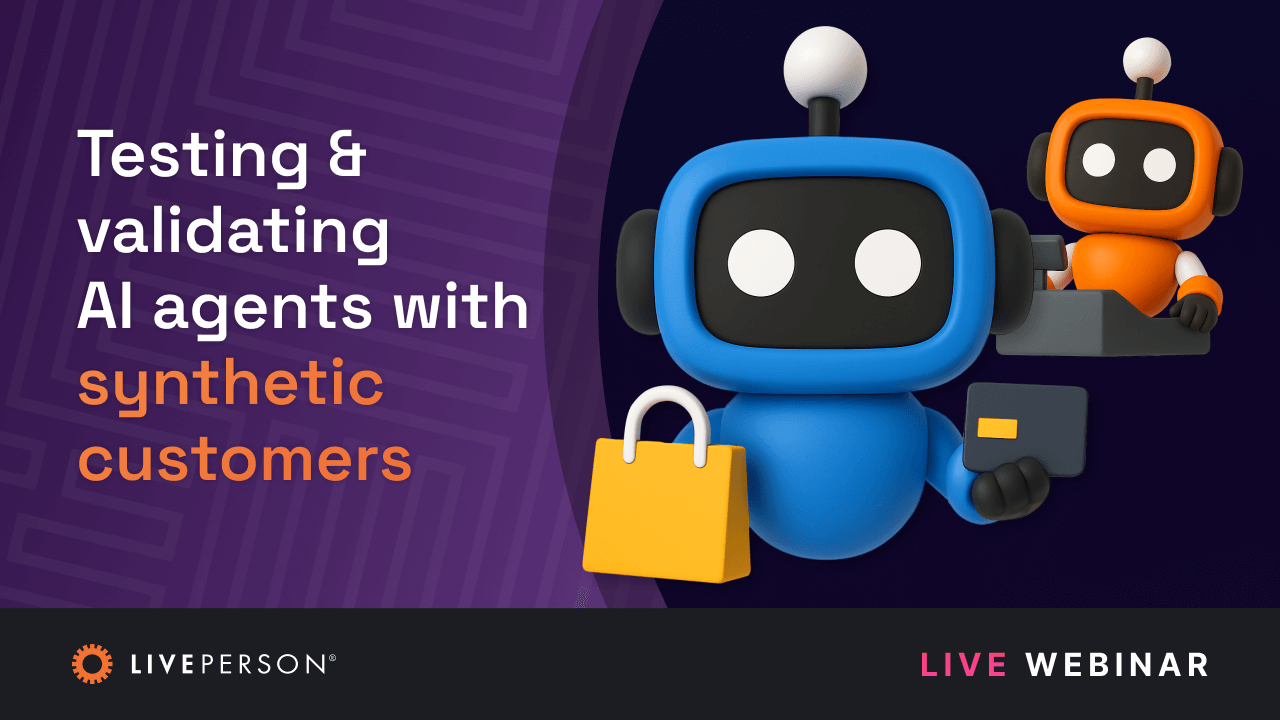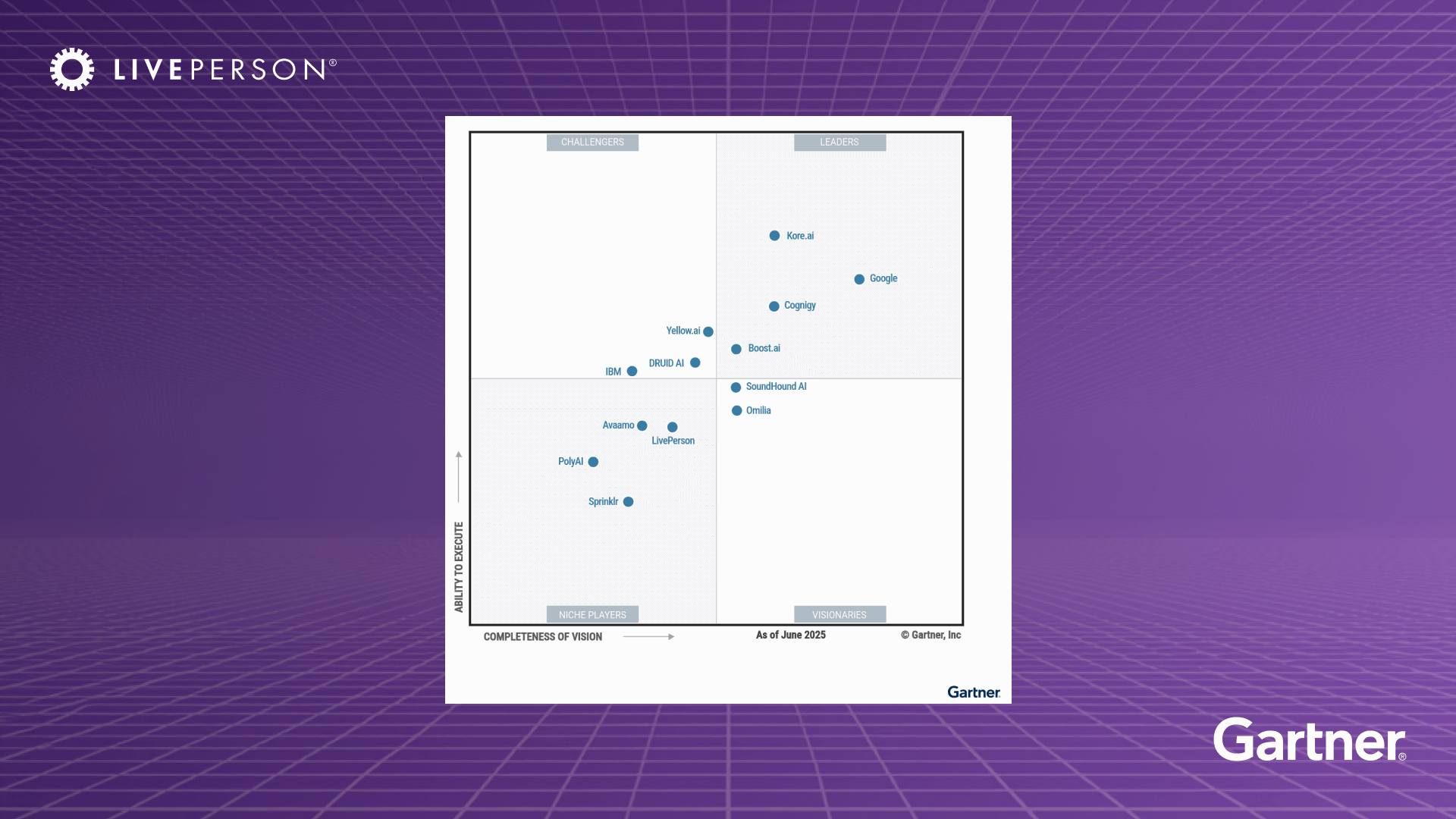article
Let’s talk about it: How conversations can drive telco digital transformation
Explore how to improve your customer experience beyond network performance
November 13, 2024 • 5 minutes

Conversation is both a necessity and an art form — it’s our connective tissue, bridging gaps and creating bonds between people, and between people and businesses. Telecommunication companies know this well, and their contact centers are starting to reflect it by meeting customers in the digital platforms and channels they now dwell. This is an important move because customer expectations are at an all-time high. In fact, our research reveals that 73% of consumers say they are more critical of how businesses interact with them today compared to a year ago.
Meeting customer expectations requires that you leverage and act on the content of your digital conversations. This is why telecom companies are leaning into AI-powered and assisted experiences for real-time insights, operational efficiency, and personalized experiences.
According to Deloitte‘s key 2024 trends for communications service providers (CSPs), “CSPs are evaluating and experimenting to understand what it takes to implement generative AI: what the costs look like, what the return on investment is, where they can develop early use cases—and where they can’t yet. As they work to operationalize their generative AI models, more opportunities are emerging, especially in customer care, customer service, and network performance.”
There’s so much potential for this telco digital transformation, especially in making customer conversations far more meaningful and actionable. Let’s take a look at our Conversational Flywheel™, a proven digital transformation framework for driving continuous improvement across your conversational journey. This framework includes four distinct phases for improving customer engagement and operational efficiency to remain competitive.
1. Improve your customer understanding
Understanding customer intent is a critical first step in being a customer-centric business. Within the telecommunications industry, questions about plan information topped the list of things customers typically reach out about, accounting for 8.45% of inquiries. This was followed by questions about product upgrades (5.33%) and connectivity issues (5.2%). Next in line were questions about promotions and discounts, followed by cancellation of services. Interestingly, this mix represents customer interest in staying with or adding on to digital services just as much as it might signal issues with service disruptions. Overall, telecom industry customers are looking for ways to better understand what they’re signed up for, what else is available, and how they can get help when they need it.
Use this conversation intelligence to identify potential automation flows that would enhance self-service options, pinpoint areas for agent training, and keep up with customer expectations in general.
2. Connect digital solutions, channels, and systems
When customers want to talk to your brand, digital channels can be a more cost-effective solution than voice. These channels include your mobile app, website, SMS, social media platforms, or messaging apps. Broadening your customer interactions to a more omnichannel messaging approach is important, as our 2024 research reveals that telecom companies typically engage with customers across an average of four channels.
You can elevate these conversations by integrating your existing customer relationship management (CRM) software, customer data platform (CDP), and telephony systems to create truly connected and personalized experiences. In fact, 76% of consumers want the option to seamlessly switch between calling and messaging, depending on their in-the-moment preferences.
Note: Voice calls aren’t going away. But they must be unified with your other business systems and customer engagement tools for a successful digital transformation. Check out how LivePerson can help create this unity with our alternative approach to setting up CCaaS solutions.
3. Assist agents and boost productivity over the top
Customer support agents have a wealth of tools at their disposal, but generative AI tools are quickly becoming a necessity to keep up with consumers’ right-here-right-now response expectations. Generative AI agent assist can help them to answer customer inquiries quickly and accurately every time. When agents feel supported, the impact is felt across the customer experience — reducing conversation duration, improving agent response time, and growing customer satisfaction.
It’s not surprising two in three consumers say hold times matter more to them now than they did a year ago. In fact, one in two consumers say they’ll switch to another brand if they need to wait on hold longer than 10 minutes. Something easily avoidable with the right contact center solutions.
4. Automate to connect your telecom transformation
Many of your customers’ biggest questions can be easily automated. In fact, you can support more customers in less time by building safe, compliant, self-service automation flows instead of answering the same questions day after day. Empowering customers to serve themselves sets you up for providing resolutions at scale.
AI and automation are for more than just efficiency; these digital transformation strategies can expand your conversational data pool, feeding back into your understanding of customer intent and creating a self-reinforcing cycle that constantly elevates the customer experience. To this end, 70% of LivePerson’s telecom clients automate 70% of their customer interactions, which is 20% higher than the industry average. Additionally, 88% of business leaders feel confident that communicating with an automated system would resolve issues faster and increase brand loyalty.
Telco digital transformation in action: Virgin Media
Virgin Media is a household name and in recent years the company has focused on building and optimizing digital sales-assisted conversations for its business. Virgin Media aims to help more customers, faster, and with a more personal touch.
Scaling is a challenge most telecommunication companies face, but it’s possible today to balance automation and personalization. Virgin Media hosts over one million conversations per year and sees 20% of its incremental sales through the power of messaging conversations with customers. In fact, one in five sales involves a conversation. In the UK, Virgin Media’s digital conversations are also 25% more cost effective than analogue conversations with customers. In the meantime, CSAT ratings remain high (86%).
Partly, it’s about being able to have the conversation. Virgin Media employs bots during hours when contact centers are closed, which has led to a 10% increase in incremental sales. Another key to Virgin Media’s conversational selling success was to understand customer intent better, to help identify opportunities for incremental improvement.
“We’ve set out to be more mobile, more personal, and intentional in how our customers connect with us. And the result is that customers convert at a higher rate, and are happiest with their experience in the mobile channel.”
~ Simon Perrin, Virgin Media’s head of sales
Better conversations begin now
Your conversational telco digital transformation can begin now with LivePerson’s Conversational Cloud® platform that allows you to personalize customer conversations at each phase of the customer journey. The future of customer service may be AI-powered, but ultimately it’s about the content of the customer conversation that will drive your business forward.




